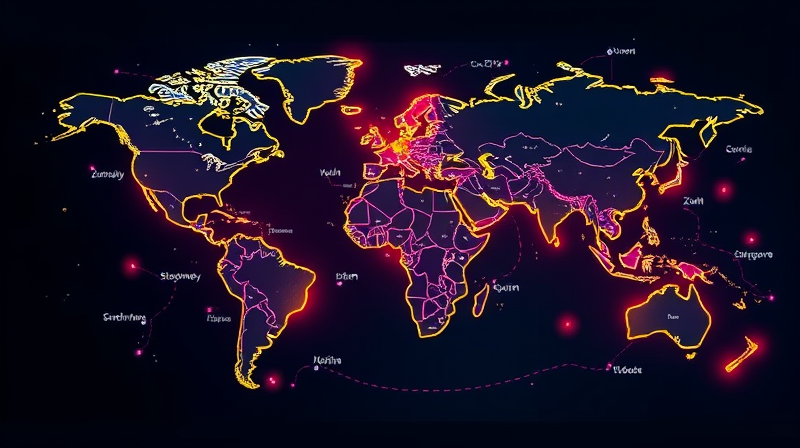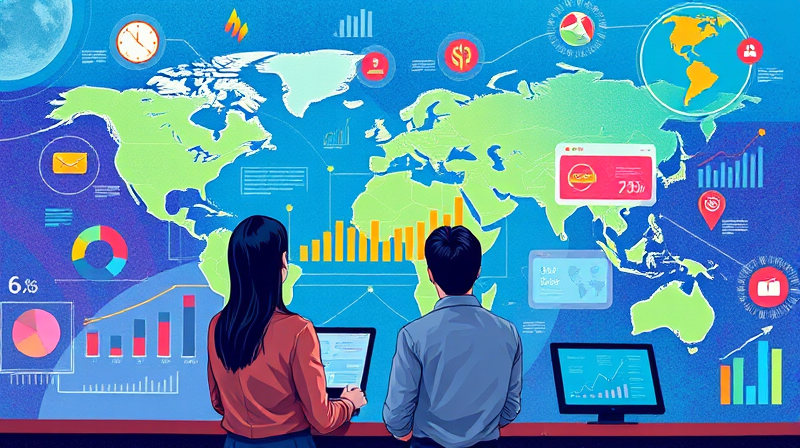
As businesses navigate an ever-evolving landscape, digital transformation emerges as a cornerstone for sustainable growth. This journey spans cutting-edge technologies, regional dynamics, and profound workforce shifts—offering both opportunities and challenges.
Digital transformation (DX) refers to the integration of technology into every aspect of an organization, fundamentally altering how it operates and delivers value. From cloud computing to AI-driven analytics, companies leverage digital tools to optimize processes, enhance customer experiences, and unlock new revenue streams.
In 2025, the global DX market is valued at $1.42 trillion in 2025, with forecasts projecting it to reach $13.26 trillion by 2035 at a CAGR of 22.5%. Other studies estimate a market size of $911.2 billion in 2024 growing to $3.29 trillion by 2030 (CAGR 23.9%), while IDC reports DX spending at $2.5 trillion in 2024, heading toward $3.9 trillion by 2027. By that time, DX could form two-thirds of all ICT spending, underscoring its strategic importance.
Regional dynamics play a critical role in shaping adoption rates and investment patterns.
This distribution highlights North America’s leadership (42% share in 2022) and Asia-Pacific’s rapid growth, fueled by foreign direct investment and post-pandemic acceleration.
Several core drivers underpin the digital transformation wave, from shifting customer expectations to regulatory mandates and infrastructure improvements.
Leading-edge technologies power this shift, enabling organizations to be more agile, data-driven, and customer-centric.
Together, these technologies form a robust ecosystem that accelerates innovation and competitive advantage.
Across sectors, digital transformation manifests in diverse but equally transformative ways:
Healthcare: AI-powered diagnostics, robotic surgery, and telemedicine platforms boost accuracy and access. Electronic health record interoperability reduces administrative burdens and enhances patient outcomes.
Finance & Banking: Open banking APIs, AI fraud detection, and tokenized assets optimize operations. With up to 40% of IT budgets allocated to new technologies, banks deliver faster, more secure services while meeting stringent compliance requirements.
Manufacturing: Digital twins, predictive maintenance, and supply-chain analytics drive efficiency. The sector’s DX market is expected to hit $642.35 billion by 2025, reflecting investments in automation and smart factories.
Retail & Consumer Goods: AR/VR-enhanced shopping experiences, dynamic pricing algorithms, and generative AI in marketing raise satisfaction by up to 20% and drive sales conversions by 15%.
Energy & Utilities: AI-based grid management and predictive maintenance slash operational costs. Spatial computing and 5G enable real-time asset monitoring and optimized resource allocation.
Despite its promise, digital transformation faces significant barriers. Only around one-third of initiatives succeed fully, often thwarted by talent gaps, complexity, and security concerns.
Addressing these challenges requires a strategic approach, balancing technological investment with workforce development and robust governance.
The future of work will be shaped by digital dexterity, continuous learning, and ethical AI deployment. Organizations that cultivate adaptive cultures will thrive in an environment where AI-driven automation will redefine roles and create novel career pathways.
Key projections include:
• By 2030, 86% of businesses will see AI and data processing as critical operational levers. Robotics and automation will expand in logistics, manufacturing, and healthcare, elevating productivity and reshaping job profiles.
• Spatial computing and immersive technologies will grow at an 18.2% CAGR through 2033, revolutionizing training, design, and remote collaboration.
To harness digital transformation effectively, executives can adopt the following strategies:
By focusing on these action points, organizations can maximize ROI, drive innovation, and build resilient business models.
Companies with strong digital skills realize two to six times higher shareholder returns, and over 56% of CEOs report increased profits from their digital investments. As the digital wave grows, leaders who act decisively will shape industries, redefine customer experiences, and unlock unprecedented value.
References













